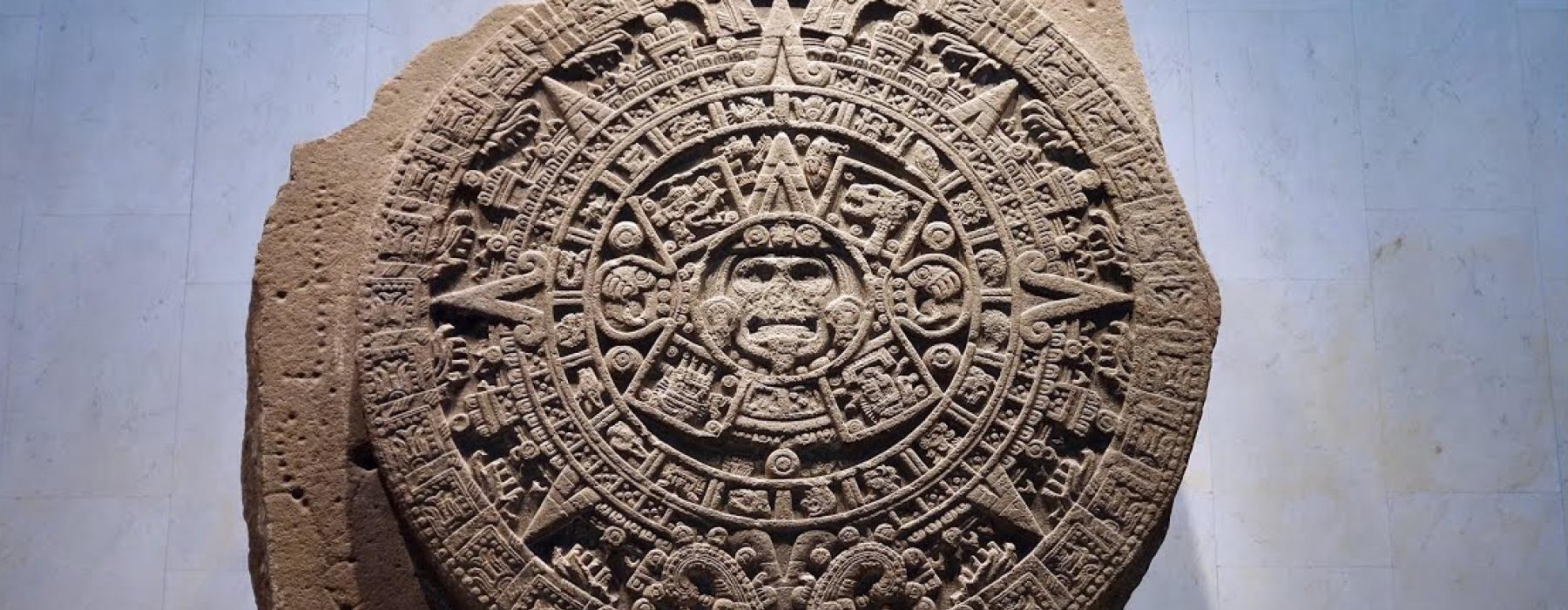
The project is developed in cooperation between the Linden Museum Stuttgart and the National Museum of World Cultures (NL). This exhibition is made possible by a gracious loan from the Museo Nacional de Antropología, the Museo del Templo Mayor and the Mexican Instituto Nacional de Antropología e Historia (INAH) and will be complemented by important European collections especially from Brussels, Vienna and Basel. The exhibition will be shown in Stuttgart from October 2019 to May 2020, in Vienna from June 2020 to January 2021 and in Leiden from February 2021 until September 2021.
One of the main questions that the curators of the exhibition have struggled with is how to present a narrative about the Aztecs that does not repeat, but rather actively dispels, existing stereotypes that have taken shape in popular culture over the past 500 years. Bloodthirst, human sacrifice and cruelty are among the first associations that European museum visitors have with Mesoamerican cultures in general. In the public’s mind, the Aztecs stand out as particularly violent. These stereotypes tend to be reinforced through popular culture, not only in Hollywood productions like Apocalypto, but also through museum exhibitions. As one critic noted in a review of the seminal Aztecs exhibition at the Royal Academy: “After walking through this exhibition, you may well conclude that Aztec culture basically consisted of an elaborate cult of death. For, as we all know, Aztec religion involved human sacrifice on an unimaginable scale.” (see https://www.telegraph.co.uk/culture/art/3585677/Hearts-of-stone.html for the full review).
At the basis of this public imagination lie the descriptions and chronicles of 16th-century European soldiers, clergymen and colonial administrators. The question that we pose for this expert meeting is, “How can we, 500 years after the initiation of the colonial project, talk about the Aztecs through a decolonial lens?” We aim to bring together archaeologists, historians and curators from different backgrounds to discuss how topics like (human) sacrifice and native religion can be narrated to the public in a way that humanizes the Aztecs, and moves away from Colonial representations.